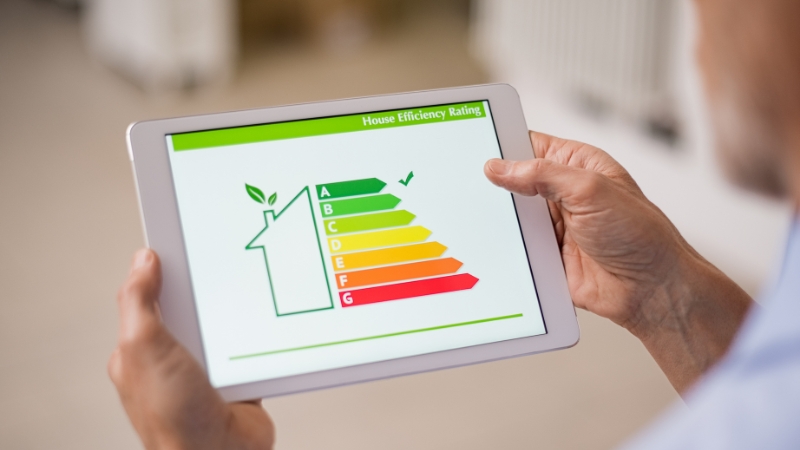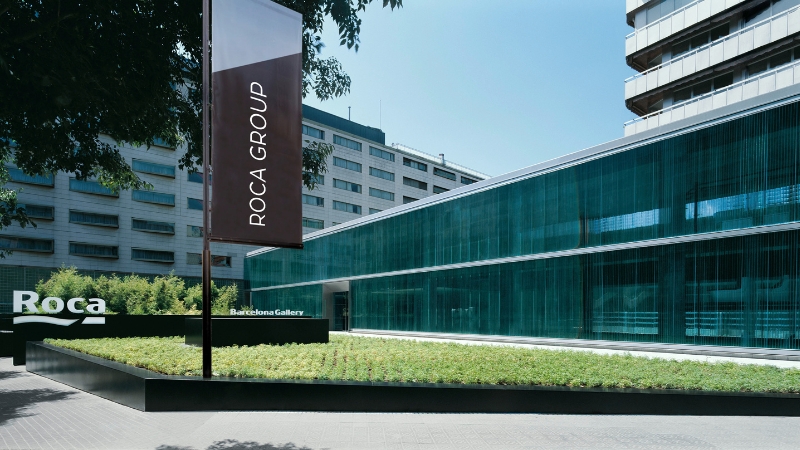Mani Khiroya, CEO, Fruition Properties and co-founder of ARAD, provides a critical review of airspace development.
As the housing shortage continues amidst the revolving door of Ministers, airspace and rooftop development provides at least one part of the solution. Through delivering new homes by creating new storeys on top of existing buildings, we can unlock sustainable housing in densely populated areas while preserving existing architecture. This is aligned to ever evolving innovations and Modern Methods of Construction (MMC), meaning that such developments can now be produced with greater ease, precision and efficiency.
The potential is vast; we conducted a study last year that revealed Southwark’s rooftops alone could viably house 2,000 new homes without having to demolish any existing buildings. Imagine if this was rolled out across other boroughs or cities?
In addition to new homes, this type of development also facilitates upgrades to the existing building, improving the environment for residents and increasing the value of everyone’s homes. The sale of the airspace can also cover the costs of crippling repair works, including well-documented cladding issues, that can leave leaseholders out of pocket should they be required to finance these collectively themselves.
The government has recognised this potential; the new Permitted Development (PD) that came into play in August 2020 allows you to construct up to two additional storeys to existing residential buildings without the need for full planning permission. With this comes a simplification of the process, a reduction in planning costs and subsequent greater speed and certainty for developers. Shouldn’t people like me be celebrating?
The downfalls of PD
Airspace development is a highly complicated technical process and can’t just be delivered by any developer. Its delivery is reliant on cooperation from all stakeholders including the occupiers of the existing building. For a successful project, it is necessary to involve leaseholders and tenants who we believe should also benefit from the process not just the landowner or developer. However, the permitted development process effectively cuts them out as there is no mandatory consultation process protecting them.
Unfortunately, as we have seen before, the loosening of restrictions can lead to low quality applications being rushed through by unscrupulous traders, freeholders and developers who are only focused on their own financial interests. We all remember the previous PD for office-to-resi, and considering the sensitivity regarding building on top of others, a more integrated approach is appropriate.
Ironically, while the process was put in place to speed up delivery, it has also drawn opposition from local councils as they aren’t as involved and therefore often leads to refusals anyway, not to mention the lack of affordable housing or in-lieu contribution required. In the long term, PD has the potential to seriously damage the prospects for airspace development, with misinformation and a lack of trust in the sector undermining delivery.
A win-win solution
We believe in win-win scenarios where this opportunity of ‘free’ land should be embraced by all stakeholders to deliver value across the board, whether in the shape of financial rewards for the leaseholders, building improvements, upgrading fire safety measures, reduction in service charges, optimisation of assets or sustainability improvements. As an industry, we simply shouldn’t be engaging any projects where these mutually beneficial outcomes can’t be met.
This is why ARAD (Association of Rooftop and Airspace Development) was set up recently to represent all stakeholders across the sector. The aims are to bring together organisations who want to and have the expertise to work in airspace, to learn from each other and champion airspace so that rooftop development can flourish while maintaining high standards for the benefit of all stakeholders, not just the developer or landowner.
Fire safety
One of ARAD’s other key aims is to review fire safety and the associated regulations, which unfortunately at present are lacking in clarity and are left open to interpretation by local authorities and building control. Amendments to Approved Document B now state: ‘blocks of flats with a top storey more than 11m above ground level should be fitted with a sprinkler system’, however it does not provide information in terms of airspace developments and whether just the new floors above 11m require sprinklers or the entire building, which would make most schemes unviable as gaining access to all of the below apartments is simply not possible and is highly disruptive to residents.
This contradicts the Government’s stated intention to support airspace development and raises questions around other regulations, the likes of which ARAD is exploring and lobbying on. We all want safe buildings, however there has to be clarity on policy and a balance between acceptable risk and what can be realistically delivered.
Unleashing potential
While much of the focus to date has been resi-on-resi, the principals of airspace can be applied to commercial and industrial buildings where fire regulations aren’t as restrictive. There is a huge opportunity to deliver mixed-use opportunities, adding value for freeholders with the prospect of reviving tired assets and sweating value out of them. The pandemic has shifted the retail and office environment indefinitely – airspace may provide the solution to adding new value to these buildings.
Ultimately, airspace development has vast potential, however we now need to see more joined up thinking between policymakers, local authorities and the industry at large. It is only through a collaborative approach that we can truly unleash the potential of our rooftops.




